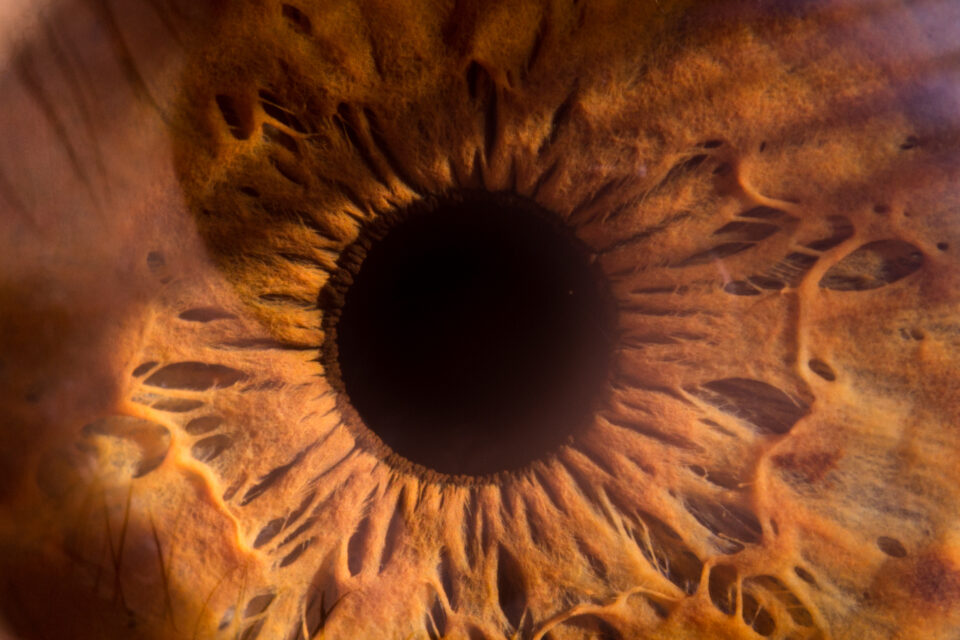In many cases, the cause of uveitis is unknown, but it may be caused by:
- an attack from the body’s own immune system
- infections or tumours occurring within the eye or in other parts of the body
- bruises to the eye
- toxins that may penetrate the eyeball
The disease will cause the following symptoms:
- decreased vision
- pain
- light sensitivity
- increased floaters















